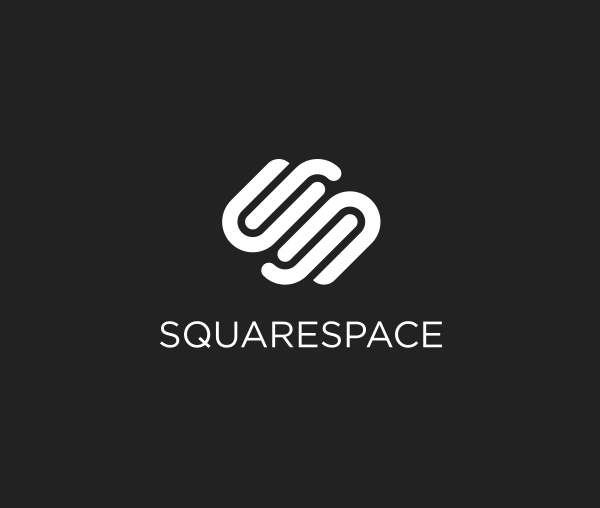Shooting Video with a Canon T4i - Frame Rate and Shutter Speed Tips
/Back in August I answered a few questions from Carson about filming with the T4i. A friend of his is a tour guide in Mexico and asked him to do a promotional video for the company, Mayans' Explorers. Now Carson has a background in television production but hadn't shot with a DSLR before, he basically wanted to know if I thought the T4i would suit his needs and had a few other questions that we worked out answer to together. Caron recently shared the results of his trip and work. This video was all shot on the T4i and a GoPro - basically dry shots are the T4i, wet stuff a GoPro.Get to know Mayans' Explorers from Carson Hunt on Vimeo.I asked him if he had any advice to share on shooting with the T4i -
The main thing for me was "think before you shoot". Think about what priority you want for your shot... motion blur, no motion blur, depth of field, etc... then set your shutter, aperture and ISO accordingly. For me, I stayed around a shutter of 50 most times to match my 24p frame rate. That way I achieved a nice cinematic look. Since so much was shot outside, my ISO was almost always at 100 and my aperture riding somewhere between f8 and f11.
I thought this would be an excellent time to share just a bit more about shooting video with a DSLR. Shutter speed and frame rate do work together and can provide different looks depending on the speed and rate you choose. Carson mentions this above with his comment "a nice cinematic look." Traditional film is shot at 24 frames per second and we have become accustomed to this look. The general rule of thumb is to shoot at a shutter speed that is twice your fps or frame rate. for 24fps you would want to shoot at 1/50 of a second. 2 x 24fps is 48 and a shutter speed of 1/50 is as close to 48 as you can get. Continue this "rule" of doubling your shutter speed and shooting at 30p=1/60 and 60p=1/120. At the faster frame rates many complain that the video is harsh and almost has a strobe look. Even 48p apparently bothers some (see all the hubbub about the Hobbit being shot at 48fps). One huge benefit of the 60fps is the ability to slow it down to 30fps and get very nice smooth slow motion.What happens if you don't follow the rule of doubling? Slower shutter speed will lead to smeary video and faster shutter speed will lead to a staccato/strobing motion.One last thought for your brain - Shutter speeds of 1/50 to 1/1/20 are pretty slow and in bright sunlight you will be shooting with your aperture set to f/8 or higher, as Carson mentioned above. The good news is focus will be easy with a large depth of field, the bad news you lose the option of having that lovely shallow depth of field that makes these cameras so fun to shoot with - though it isn't always appropriate and when shooting the Mayan ruins it's nice to have everything in crisp focus. But what if you wanted the option? Any ideas? There is a solution - Take a guess, don't be shy. Post a comment below if you have an answer or want to ask a questions.Update: The answer was posted - A Variable Neutral Density Filter. For those that don’t know – an ND filter is simply sunglasses for your lens, they cut the amount of light down so in bright light you can either shoot at slower shutter speeds(i.e. blur waterfalls) or at wider apertures to get that shallow depth of field look. A VARIABLE ND filter allows you to rotate and dial in the amount that the filter darkens the image. Very useful for video work but the good ones are not cheap. If you want a recommendation let me know what lens(es) you will be using as each needs to be sized correctly. Carson adds that he did use a circular polarizer on most of the outside shots. I have written about CP filters elsewhere and this is certainly another use - they make the sky bluer and cut some of the light. Thanks for reading!




